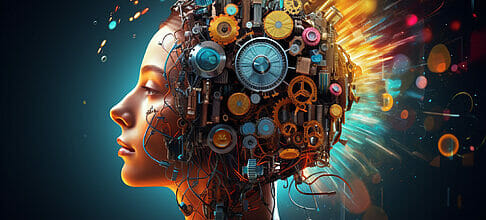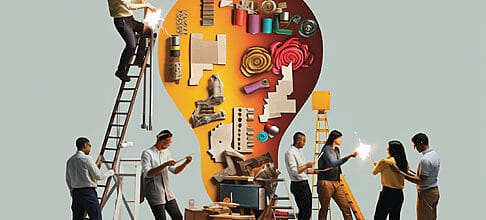Understanding 3D Animation: Basics Explained
Have you ever wondered how your favorite animated movies come to life?
Welcome to the mesmerizing world of 3D animation! It’s a technique that transforms objects into a three-dimensional space, making them seem natural and tangible.
From the basics to advanced software tools, we’ll explore how 3D animation is created and used in various industries.
So, whether you’re a budding animator or just curious, let’s dive into the future of visual storytelling!
Table of Contents
The Basics of Three-dimensional Imagery
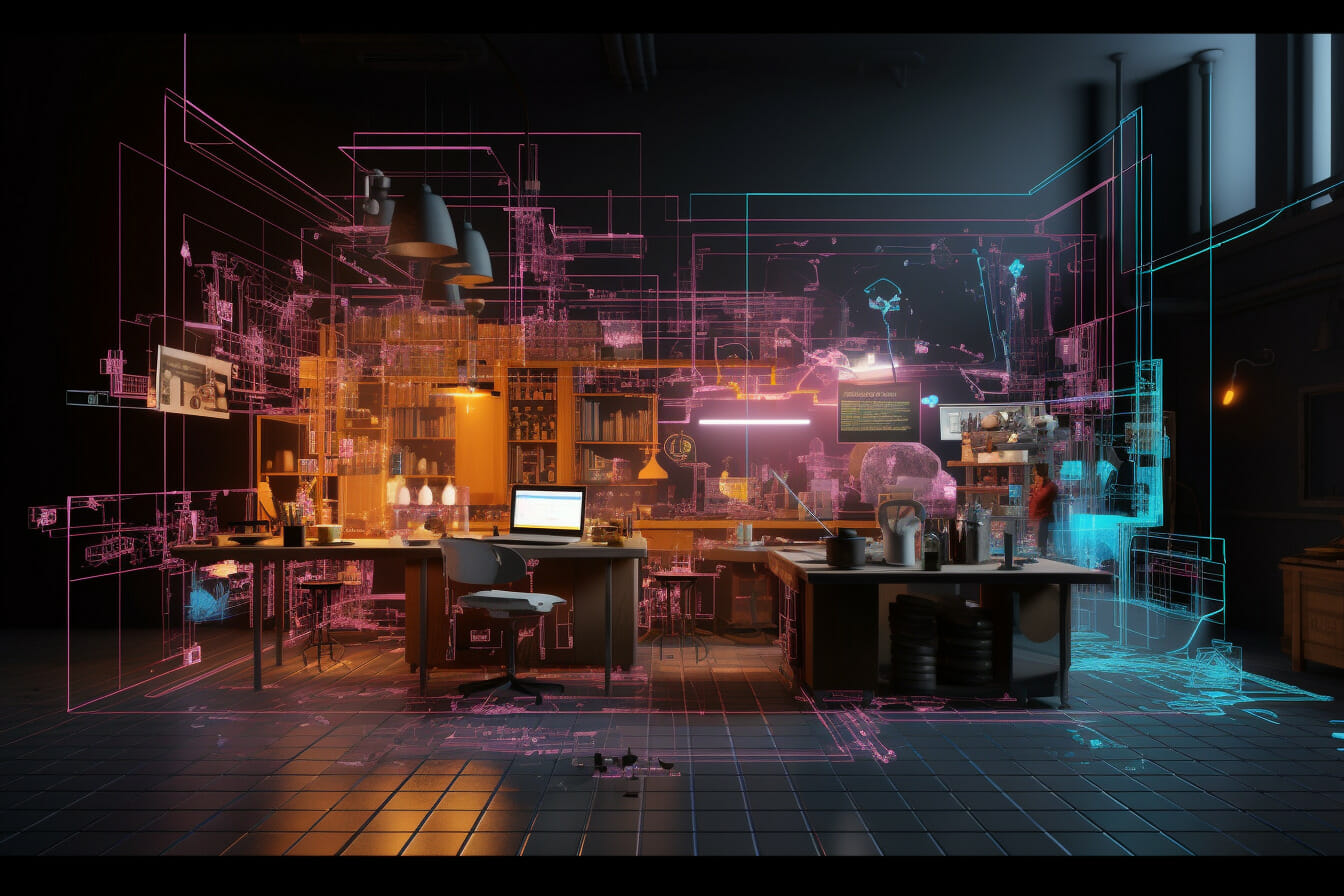
You’ve got to understand that three-dimensional imagery involves creating or manipulating figures and objects in a digital environment projected in three dimensions. Picture it as a world built within your 3D computer where you can design, mold, and shift anything and everything to your liking. It’s like having your own virtual 3D space filled with limitless possibilities.
With 3D imagery, you’re not just drawing a flat picture but sculpting an object with depth, height, and width. You move beyond the boundaries of 2D animation and play around with the depth of field. It’s a complex process, but once you’ve mastered it, you can create breathtaking, lifelike animations that seem ready to jump off the screen.
Techniques can also be Used in Creating 3D Visuals
In crafting stunning 3D visuals, you’ll often employ modeling, rigging, rendering, and texturing techniques.
Modeling is the first step where you create a virtual 3D object. You can start with basic geometric shapes or create complex structures from scratch.
Next up is rigging, where you add a skeleton to your model. This skeleton allows you to manipulate the model’s movement and pose realistically.
The rendering process is where your model comes to life, as it adds lighting, shadow, and color. This is where your scene gets its depth and realism.
Finally, texturing involves adding surfaces to your model. This could be anything from skin to metal, giving your model a tactile feel.
These techniques combined make 3D animation a versatile and compelling art form.
Software Tools for 3D Creation
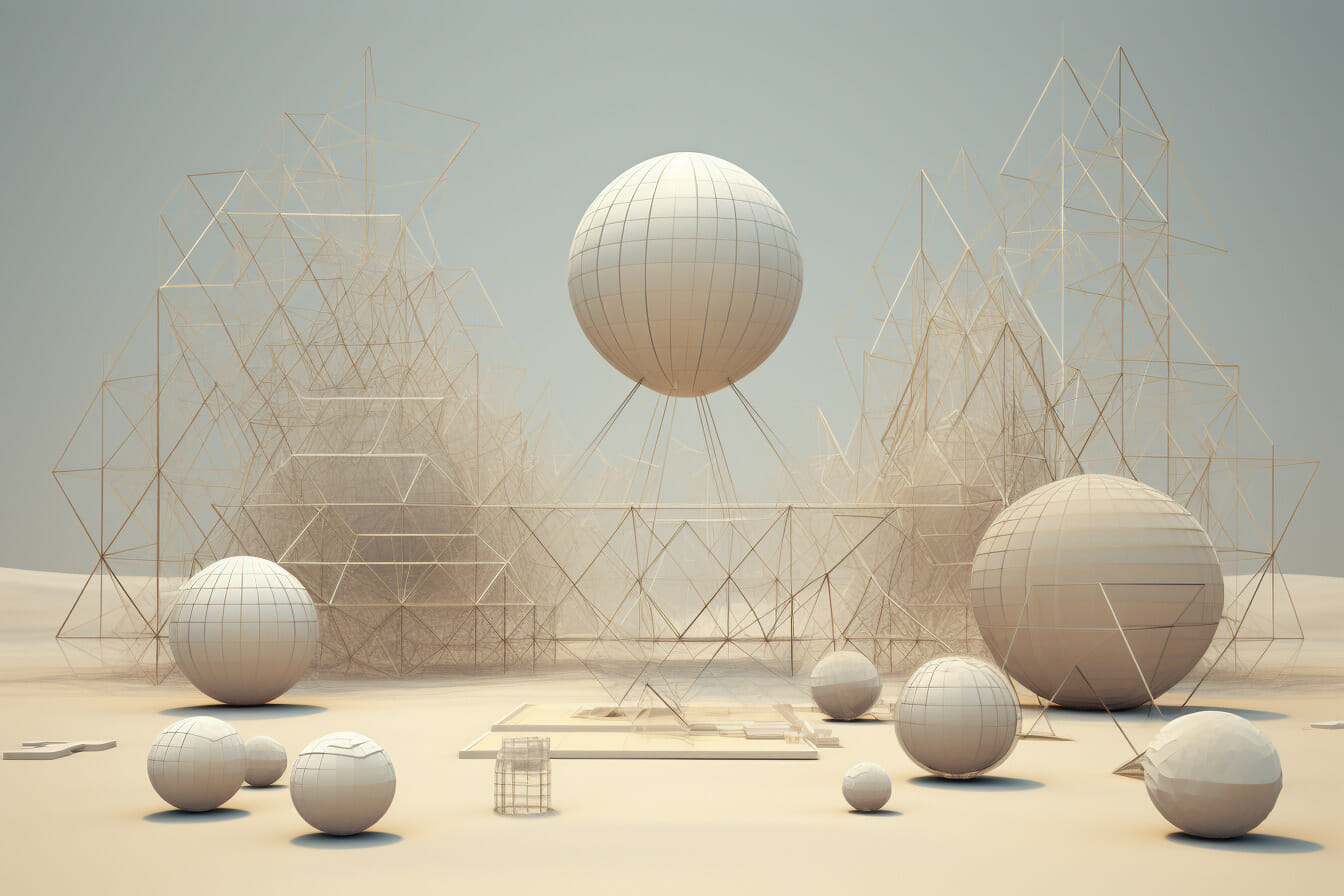
When it comes to creating 3D visuals, various software tools are available to help streamline the computer animation process. You’ll find the choice of tools often depends on the exact requirements of your project.
High-end software like Autodesk’s Maya or 3DS Max are used in the film and gaming industries because of their advanced capabilities and versatility. For beginners, more straightforward programs like Blender are great. It’s accessible, user-friendly, and good for learning the basics.
Other tools you might consider include Cinema 4D, known for its motion graphics capabilities, or ZBrush, famous for its digital sculpting features. Each software has its strengths and weaknesses, so choosing one that fits your needs is essential.
Remember, the tool doesn’t make the artist but can help shape your creations.
Applications of 3D in Different Industries
3D technology is not just for movies and video games anymore; it’s revolutionizing various industries unexpectedly.
For instance, in the medical field, it’s enabling the creation of detailed 3D models of organs for better diagnosis and treatment planning.
In architecture and construction, it’s used to produce precise 3D models of buildings, aiding in design and visualization.
Even the fashion industry is getting a makeover, with 3D technology used to create intricate designs and prototypes.
In the automotive industry, it’s transforming the way vehicles are designed and tested.
Finally, in the education sector, 3D animations provide immersive learning experiences.
So, it’s clear that 3D animation’s applications extend far beyond entertainment, shaping the future of various sectors.
The Future of Three-dimensional Visuals
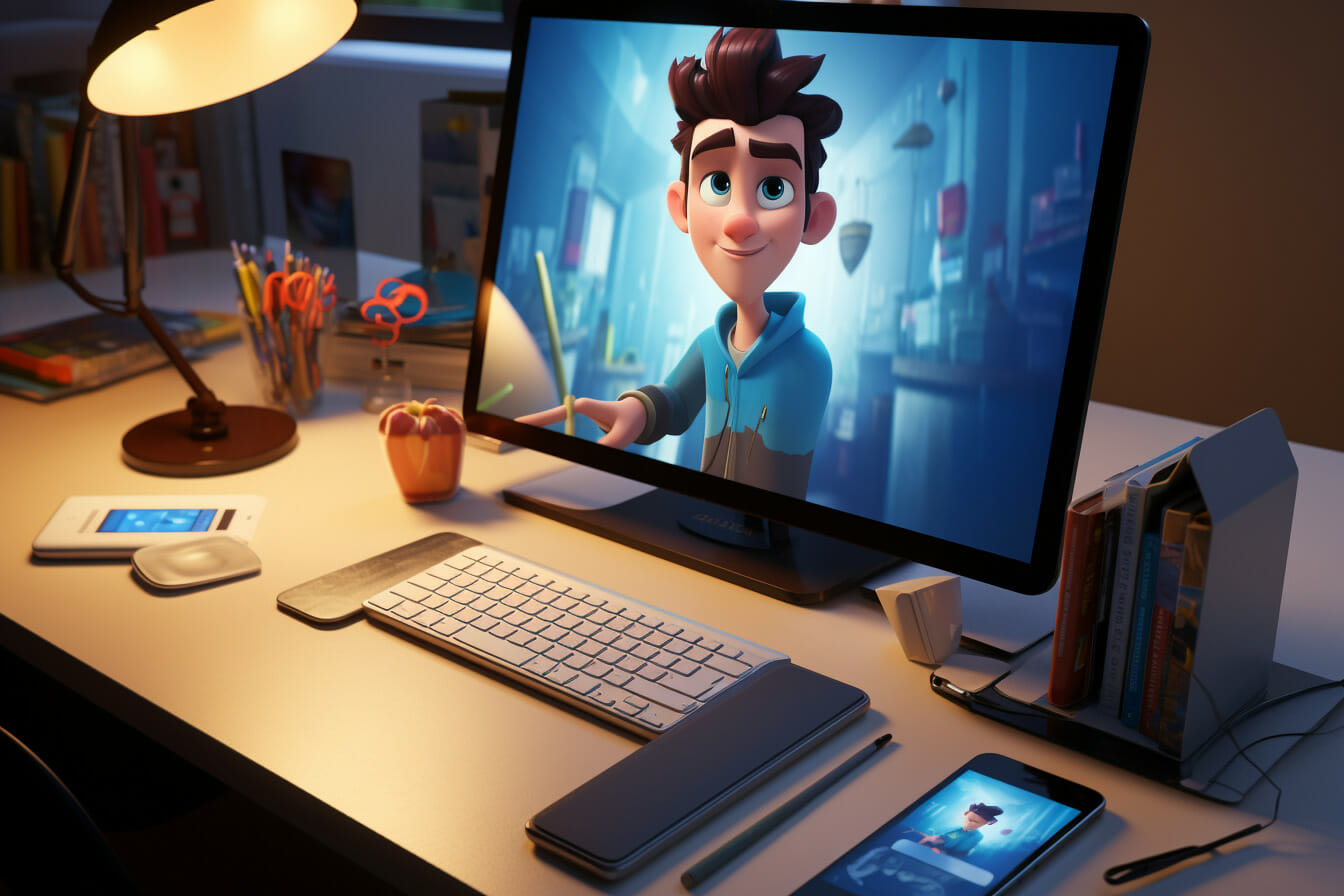
You’ll be amazed at how three dimensional visuals are set to revolutionize the future. As technology advances, the quality and realism of 3D animation can also improve. The line between real-life filming and 3D animation is often increasingly blurred.
The future of 3D visuals isn’t limited to movies or video games. Imagine virtual reality experiences that are so lifelike you feel like you’re there. Or think about augmented reality apps that overlay 3D animations onto your everyday world, transforming your interactions with your surroundings.
In industries like architecture, engineering, and medicine, 3D visuals can provide realistic simulations and models. This can lead to more accurate planning, better training, and improved outcomes.
The future of 3D is exciting, isn’t it?
Frequently Asked Questions
What is 3D animation?
3D animation is the process of creating the illusion of movement in a three dimensional space. It involves using computer-generated models and objects to create realistic animations.
How is 3D animation different from 2D animation?
The main difference is that 3D animation involves creating animations in a three-dimensional space, while 2D animations are made in a two-dimensional space. 3D animations are more realistic and have depth, while 2D animations are generally simpler and flatter.
How can I become a 3D animator?
To become a 3D animator, you must have a strong understanding of animation principles and techniques. It is also essential to know animation software and modeling tools. Pursuing a degree or taking animation courses can help you gain the necessary skills and expertise.
What are some popular 3D animation software?
Some popular 3D animation software includes Autodesk Maya, 3ds Max, Cinema 4D, and Blender. These software programs provide various tools and features to create stunning 3D animations.
How does 2D and 3D animation work?
3D animation works by creating a virtual environment or scene using 3D modeling software. Objects and 3D characters are then animated by manipulating their positions, rotations, and poses over a sequence of frames. The frames are then rendered to create the final animation.
What types of animation can be created using 3D animation?
With 3D animation, a wide range of animation types can be created, including character animation, visual effects, architectural visualization, product animations, and educational animations. 3D animation provides the flexibility to bring various concepts and ideas to life.
How is 3D animation used in the industry?
3D animation is used in various industries, including film and TV production, advertising, architecture, gaming, education, and medical visualization. It is a versatile medium that allows for the creation of captivating visuals and realistic animations to convey information and tell stories.
How is 3D animation different from 2D animation?
The main difference between 3D and 2D animation is how images are created. 3D animation involves creating objects and environments in a three-dimensional space, while 2D animation is done on a two-dimensional plane. This gives 3D animation a more realistic and immersive look.
What are the benefits of using 3D animation?
3D animation offers several benefits. It allows for more realistic and visually stunning visuals, which can enhance the overall quality of animations, movies, video games, and other digital media. Additionally, 3D animation provides a greater sense of depth and immersion, making the viewing experience more engaging and captivating.
How can I become a 3D animator?
To become a 3D animator, you’ll need to acquire the necessary skills and knowledge in animation software, modeling, texturing, rigging, and character animation. It’s recommended to pursue a degree or diploma in animation or a related field and gain hands-on experience by working on personal projects or internships.
What are some popular 3D animation software?
Some popular 3D animation software includes Autodesk Maya, Cinema 4D, Blender, and 3ds Max. These software offer a wide range of tools and features that are essential for creating high-quality 3D animations.
How is 3D animation used in video games?
3D animation is extensively used in the development of video games. It is used to create realistic characters, environments, and special effects, bringing the game world to life. 3D animation also allows for dynamic and interactive gameplay experiences, enhancing the overall immersion and engagement for players.
Conclusion
So, everything you need to know is that you’ve journeyed through 3D animation and discovered its animation technique, motion capture, tools, applications, and potential future. It’s mind-blowing, isn’t it? The power to create, the freedom to dream, and the means to bring it all to life.
Remember, the 3D animated world isn’t just about stunning visuals; it’s about telling compelling stories, too. So, dive in, explore, and who knows? You could be the next 3D animation superstar!




